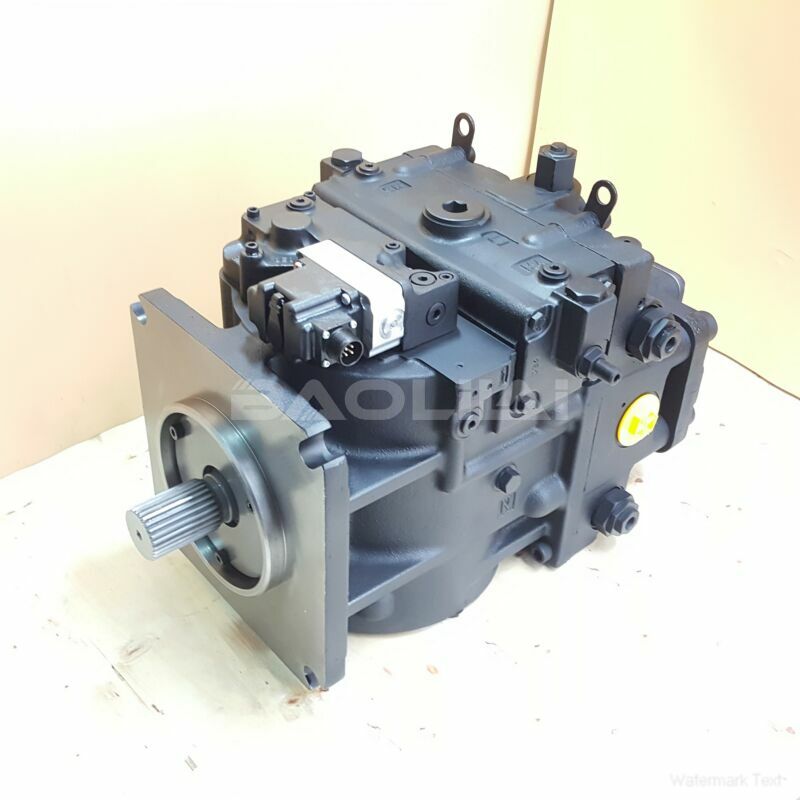90L100KA1CD80R4S1E03GBA424224 piston pump
90L100KA1CD80R4S1E03GBA424224 piston pump

- Product Details
- Applicable Scene
Piston pumps play a crucial role in the functionality of both hydraulic and pneumatic systems, serving as essential tools for fluid power transfer and control. Their versatility and efficiency make them ideal for a wide range of applications across various industries.
90-L-100-KA-1-CD-80-R-4-S1-E-03-GBA-42-42-24
90L100KA1CD80R4S1E03GBA424224
In hydraulic systems, piston pumps are used to generate high-pressure fluid flow, which is often necessary for powering machinery and equipment. The operation of a piston pump involves the reciprocating motion of a piston within a cylinder, drawing hydraulic fluid into the chamber on the intake stroke and then forcing it out at high pressure during the discharge stroke. This mechanism allows hydraulic systems to transmit significant amounts of power over short distances with minimal energy loss.

83019236
One of the primary advantages of using piston pumps in hydraulic applications is their ability to maintain a consistent pressure and flow rate, which is critical for precise control in tasks such as lifting heavy loads, operating hydraulic cylinders, and powering hydraulic motors. For example, in construction machinery like excavators and bulldozers, piston pumps facilitate the movement of heavy components and accessories by supplying the necessary hydraulic fluid at the required pressure.
In contrast, pneumatic systems utilize gas as the working fluid, and piston pumps are employed to compress air or other gases. These systems are common in applications such as automated assembly lines, where pneumatic tools and actuators rely on compressed air to perform tasks like drilling, fastening, and lifting. Piston pumps in pneumatic systems operate similarly to their hydraulic counterparts, with a piston moving within a cylinder to compress the air and deliver it to the desired application point.
The benefits of piston pumps in pneumatic systems include their ability to achieve high pressures and their relatively simple design, which often results in lower maintenance requirements. Additionally, since gases are compressible, pneumatic systems can be advantageous in applications that require rapid actuation and flexibility in motion.





